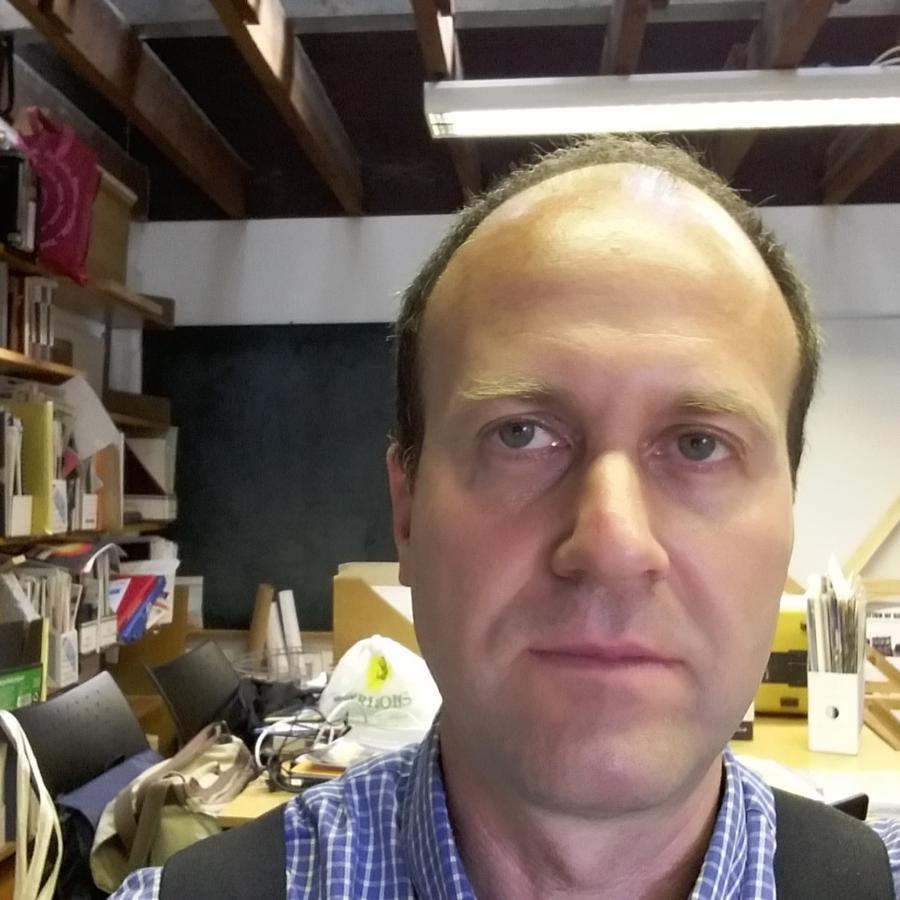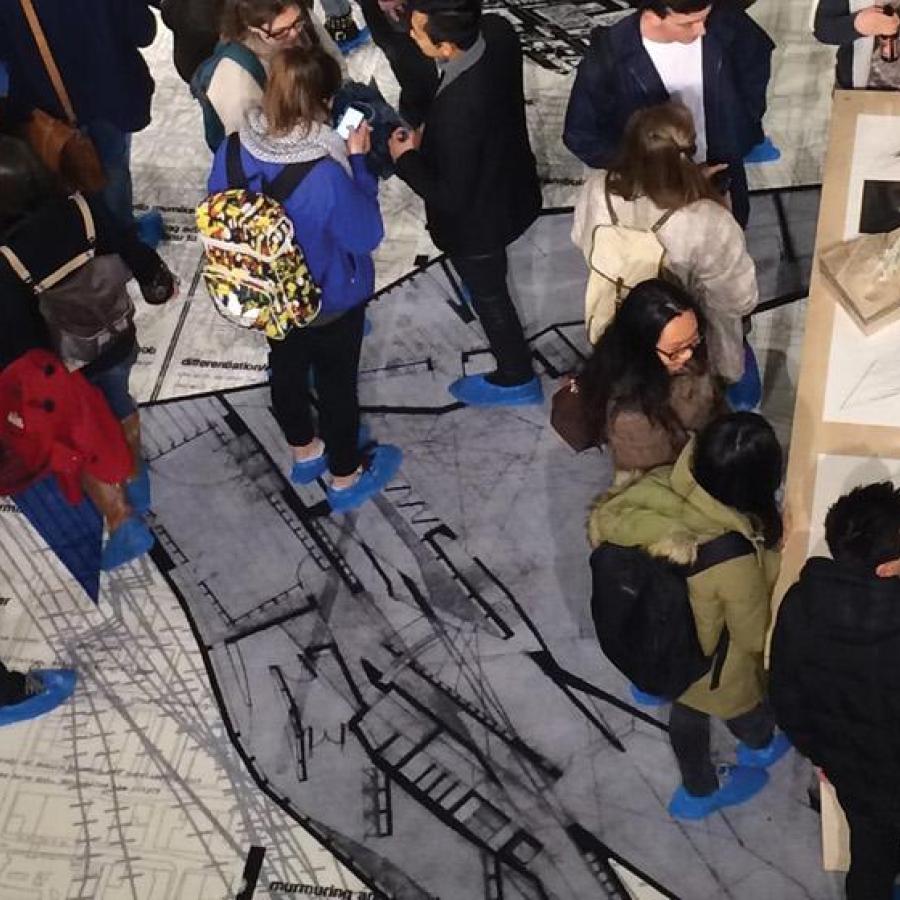Dr Dimitris Theodossopoulos

Job title:
Lecturer, Architectural Technology and Conservation
Role:
ECA Senior Tutor
Office:
Minto House, Maltings Room 4.07
Research Output:
Edinburgh Research Explorer linkBiography
As an engineer, researcher and teacher I am interested in the complexity of technical operations and interfaces in design projects that enable historic buildings to enrich their architectural values for present and future generations.
I was trained as a civil engineer at the University of Patras and then I studied conservation at Rome Sapienza and Edinburgh. I teach architectural and conservation technology, and construction history at UG, PG and PhD levels and learning for me is the result of rich, direct experience and engagement with the matter, something I actually learnt from conservation. My research interests have become very broad regarding periods (prehistoric brochs in Scotland, Gothic vaults, modernist concrete shells, neoclassic fabric in Edinburgh). My approach to their conservation is contemporary and critical, and I study and teach concepts including structural stability and performance, construction culture, archaeology, conservation and repairs, technology transmission.
I explore connections between research and teaching in architectural technology and conservation, as pedagogically technology can offer a further array of tools and solutions to designers that increase choice and nurture creativity. Sustainable use of technology also can support a sensitive approach to the problem and the available material, human and cultural resources.
- Technology & Environment 2b Building Fabric (ARCH08027).
- Technology & Environment 3 (ARDE10002)
- Dissertation supervisor, MEng/ BEng Structural Engineering with Architecture, and Civil Engineering
- Culture and performance in the history of construction (ARCH11195)
- Conservation Technology (AREA11017), MSc in Architectural Conservation
Many of these lectures were distilled in my book Structural Design in Building Conservation, which shows how technical choices integrate with the planning and architectural proposition in a conservation project. It brings together theory with current conservation technology, discussing the possibilities of structural details and strategies in architectural expression. The book is a companion textbook to my teaching, particularly directed at students of architectural conservation, but also practising engineers and architects.
Research
Research
My research is strongly cross-disciplinary, bringing new insight to problems of other specialisms by combining engineering analysis, conservation theory and project-based enquiry approaches from my experience in an Architecture teaching environment. My main tools are structural analysis (experimental and numerical), architectural analysis through modelling, plus the assessment of historical and cultural evolution processes.
The study of the design, technology and stability of iron-age brochs in northern Scotland is a pioneering work, developed through models of various scales to understand global or local strength and stability or to test reconstruction and architectural hypotheses (proportions, internal layout, roof forms.
A more technical approach drives my long-standing research into the technology of medieval vaulting systems. My work focuses on the exploration of the construction characteristics and structural design of simple stone vaults in Scottish churches from the late medieval period until the early 18th century (Holyrood, Melrose, Dirleton, Dunglass, Seton) and the evolution of the rib vault (in the main vaults of Durham and Lincoln cathedrals). The study of the transfer of such technologies to Greece (the case of Saint Sophia in Andravida) reveals the potential of systems to be adapted in a culturally alien territory.
Sometimes no new knowledge is required except for the systematic dissemination of existing good practice, as in the case of neoclassical Georgian stonework in Edinburgh. Training models of critical stonework systems were created (chimney, window surround, external staircase) to disseminate the complexity of the pathology and the range of modern solutions that can be applied, based on experience already acquired.
PhD Supervision Topics
- Gothic vaults design and performance
- Neoclassic buildings conservation
- Prehistoric Scottish Iron-age brochs
- Conservation technology




